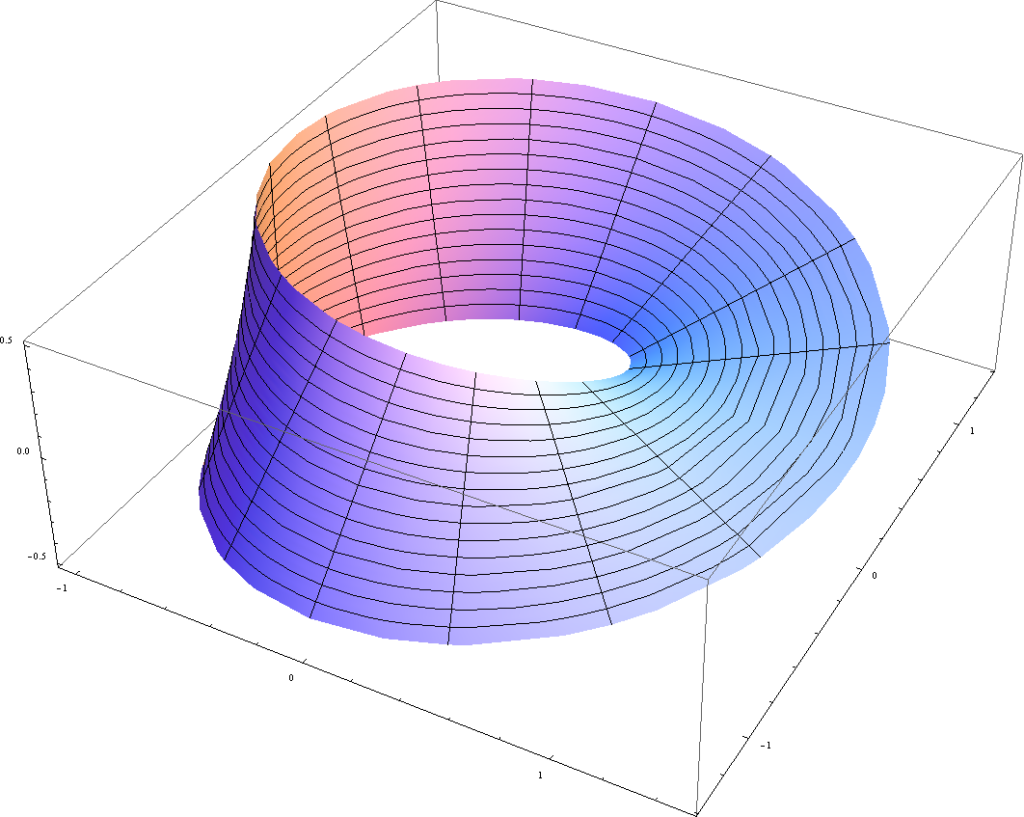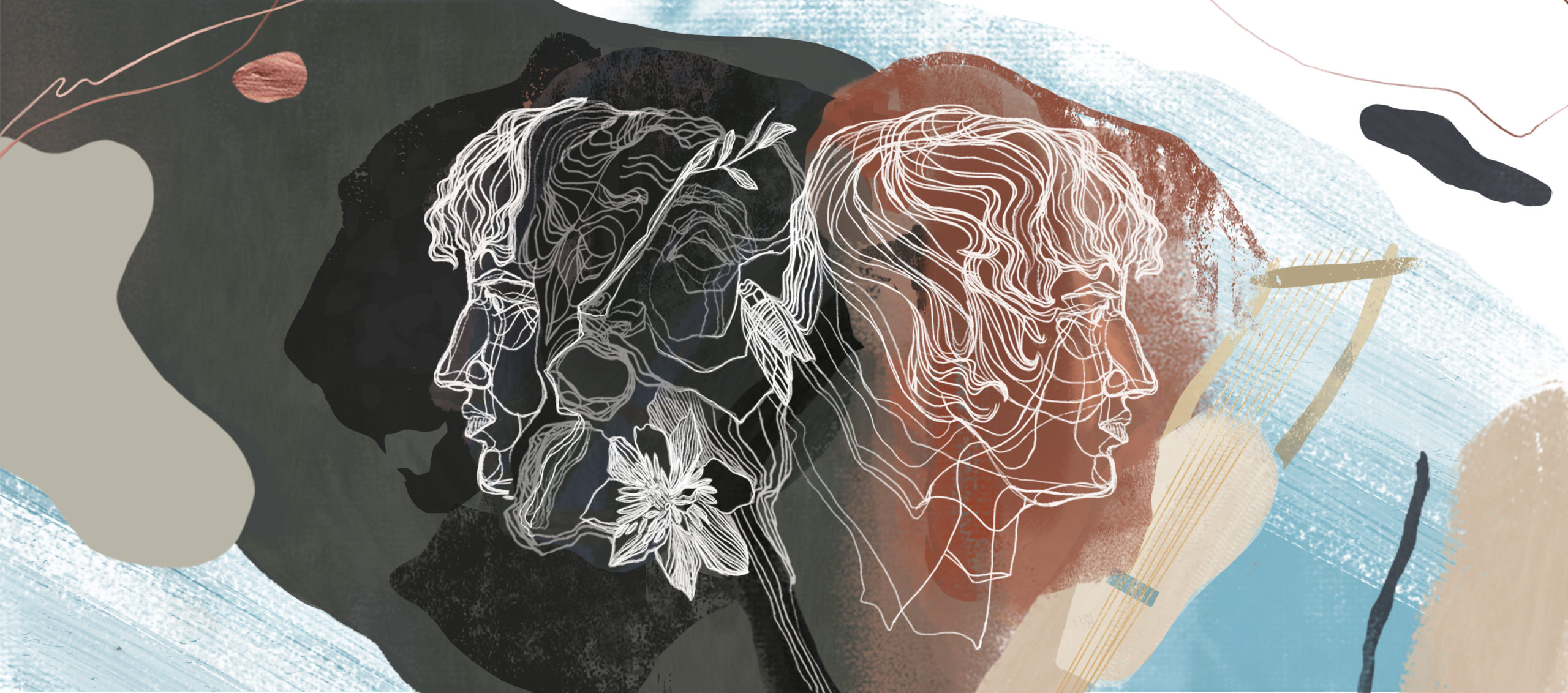What does it mean to say that we are at once auto- and allo-poietic, endo- and exo-consistent, different and non-different from what is in one sense, but in another sense no longer remains, external to us? And, even more importantly perhaps, what does it mean to realize that we are unceasingly sliced and spliced between what is no longer and yet subsists and what is not yet but moves us to dream, between now and then, between here and there, between you and me? It means we all are iridescent interfaces – more than one, less than two. Maybe this, in the end, is the best definition of humanity one can give; maybe this is what makes our difference – other than being featherless bipeds, that is. It is in this sense that the ancient Greeks defined the ἄνθρωπος (i.e., the human) as being neither god nor animal, hunter but non-eater of raw food – hence as an enigma, as Blanchot lucidly infers from the encounter of Oedipus with the Sphinx: “All of the work of the question aims at leading man to the recognition that before the Sphinx, he is already before himself” (The Infinite Conversation, p. 17) Again: more than one, less than two. Neither of these ultimately inconsistent categories can be dropped, though. Willingly or not, we are forced to bear the trouble they posit. First, because “problems are not to be solved, but to be lived” (Pasolini). Secondly, because the minimal common denominator of any human thought is the making of identity and difference, no matter how ambiguous such task may prove and no matter how unsatisfactory it may result – and it better does, as anything else would betray conceptual pretentiousness or conceptual laziness! For, after all, affirming A or B, A and B, or even A (which must reach out of an indeterminate background to become A) involves tracing a provisional identity and a provisional difference. It is for a good reason then that, in his ἄγραφα δόγματα or unwritten doctrines, Plato (following in this Heraclitus rather than Parmenides) put two ἀρχαί, two principles, “One” and “Not one,” above most other εἴδη – the sole exception being τὸ ἀγαθόν, the space of meaningfulness where all ideas ought to be placed for them not to be senseless; and that he simultaneously saw “being” as a mixture of “being,” “non-being,” “same,” “other,” “rest,” and “movement” (Soph. 254b–256d, 256d–259d). Otherwise, how should one start thinking? With pure multiplicities? But then, how to delimit their very concept without venturing any preliminary distinctions (between those pure multiplicities and any potentially impure or unfitting multiplicities… between multiplicities and totalities, etc.)? Or should one start with some ideal Oneness, alternatively? But then how to give up, here as well, any distinctions (between that which is one and that which is not… between what is and what is one, etc.). And since that which may appear to be the “same” can prove to be “other” from a different angle (which, obviously, does not imply that “same” and “other” are subject to change qua concepts), how can we then bring reality’s ongoing interstitial flow to a provisional halt except through an activity that cannot, therefore, be itself but endless: permanent (re-)conceptualization? Whether we are happy with it or not, our thinking, too, displays itself as an interface in permanent disequilibrium.(*)

(*) On which see also our post of December 9, 2022: “Fichte’s Structuralism.”
